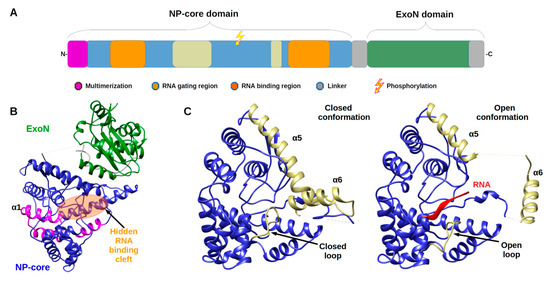

#DARIA RESTORATION PROJECT COMPLETE TORRENT ACTIVATOR#
Alternative strategies, such as converting Cas9 into a synthetic transcriptional activator by fusing it to multiple copies of VP16 activator, 14, 15, 16 have been developed. This approach uses a catalytically inactive or “dead” Cas9 (dCas9), which when bound to DNA elements can repress transcription by sterically hindering the RNA polymerase machinery, 13 most likely by stalling transcriptional elongation. 12).Īnother application of the CRISPR/Cas9 tool is to regulate gene expression. To date, SpCas9 has been used broadly for achieving efficient genome editing in a variety of species and cell types, including human cell lines, bacteria, zebrafish, yeast, mouse, fruit fly, roundworm, rat, common crops, pig, and monkey (reviewed in Hsu et al. Targeted mutations can also be introduced by co-transfection of single- or double-stranded DNA templates to promote homology-directed repair (HDR). The break is repaired via the cellular process of non-homologous end joining (NHEJ), an error-prone process that introduces insertions and deletions (indels) into the target sequence. 3, 4 Once present in cells, Cas9 and the sgRNA form a complex, bind to the target sequence, and make a double-stranded break (DSB) in the target. 11 Cas9 target recognition is dictated by the Watson-Crick base pairing between an RNA guide and its DNA target. 10 Target sequences must be adjacent to a protospacer-adjacent motif (PAM) for Streptococcus pyogenes Cas9 ( SpCas9) in the form of 5′-NGG-3′. 6, 7, 8, 9 The guide sequences are generally 17–20 bp long. 6, 7 Regardless of the platform, this system requires a mammalian-optimized Cas9 and a chimeric single guide RNA (sgRNA), which is made up of CRISPR RNAs (crRNAs) and a trans-activating CRISPR RNA (tracrRNA). Since the realization of the potential power of a programmable nuclease in editing mammalian genomes, the CRISPR/Cas9 system has been developed as a technology for multiple biological contexts. 2, 3, 4 After transcription and processing of these loci, RNA-guided endonucleases are made with the capability to target foreign nucleic acids on the basis of complementarity with the RNA. The invading sequence is captured and inserted directly into the genome of the host organism between CRISPR regions. 1 Specifically, the type II CRISPR/Cas system works through RNA-directed endonuclease cleavage of the invading genomic sequence.

Many bacteria and archaea use clustered regularly interspaced short palindromic repeat (CRISPR)-Cas systems, which are adaptive immune systems, to fight off foreign DNA in the form of bacterial phages and/or plasmids. Our findings establish the far-reaching therapeutic utility of CRISPR/Cas9, which can be tailored to target numerous inherited disorders. Moreover, removal of a duplication of DMD exons 18–30 in myotubes of an individual affected by DMD produced full-length dystrophin. Using a previously undescribed approach involving single guide RNA, we successfully removed large genome rearrangement in primary cells of an individual with an X chromosome duplication including MECP2. Furthermore, we demonstrate preferential elimination of the dominant-negative FGFR3 c.1138G>A allele in fibroblasts of an individual affected by achondroplasia. We show that an adapted version of CRISPR/Cas9 increases the amount of utrophin, a known disease modifier in Duchenne muscular dystrophy (DMD). Here, to investigate the therapeutic potential of CRISPR/Cas9 in a diverse set of genetic disorders, we establish a pipeline that uses readily obtainable cells from affected individuals. However, the potentially broad therapeutic implications are largely unexplored. Clustered regularly interspaced short palindromic repeat (CRISPR) has arisen as a frontrunner for efficient genome engineering.


 0 kommentar(er)
0 kommentar(er)
